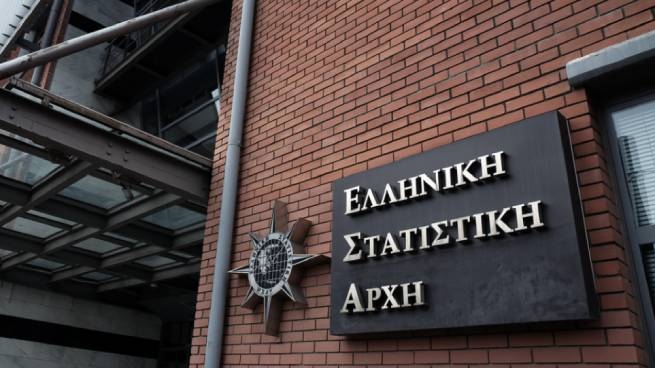Study ELSTAT presented data on the living conditions and income of Greek citizens in 2021, according to which 2,971,200 Greek residents (28.3%) were at risk of poverty or social exclusion.
This is 0.9 percentage points more than in 2020. The increase is due to an increase in the proportion of the population employed in low-intensity labor (from 11.8% in 2020 to 13.6% in 2021) and at risk of poverty – from 17.7% in 2020 to 19.6% in 2021 . At the same time, the risk of poverty and social exclusion is highest for children aged 17 and younger (32%).
The share of the population aged 18-64 living in households with low labor intensity is estimated at 13.6% of the total population in this age group, which is 1.8 percentage points more than in 2020. The share of men is 12.5 %, women – 14.6%.
The poverty threshold is an income of 5,251 euros per year for a household with one person and 11,028 euros for households with two adults and two dependent children under the age of 14. It is set at 60% of the median total household equivalent disposable income, which is estimated at €8,752, and the average annual household disposable income in the country is estimated at €17,089.
The Athens News Agency states that in 2021, 19.6% of the Greek population was at risk of poverty, an increase of 1.9 percentage points. The number of households at risk of poverty is estimated at 765,372 out of a total of 4,108,895, and their members at 2,054,015 out of 10,498,099 people.
The child poverty rate (aged 0-17 years) has increased significantly and stands at 23.7%, (2.8 percentage points more than in 2020). For the age groups 18-64 and over 65, these figures are 20.6% (18.4% in 2020) and 13.5% (13% in 2020), respectively.
The level of risk of poverty in the country differs depending on the place of residence. For example, in three regions (Attica, Crete and South Aegea) it is lower, and in the remaining ten regions (Thessaly, Ionian Islands, Epirus, Northern Aegea, Western Greece, Peloponnese, Western Macedonia, Central Greece, Central Macedonia and Eastern Macedonia and Thrace) – above.
The level of poverty risk is also inversely proportional to the level of education – the higher it is, the lower the level of poverty risk. For 2021, the risk of poverty is estimated:
- in 25.8% for those who completed pre-school, primary and first stage of secondary education;
- in 23.1% for those who completed the second stage of secondary and post-secondary education;
- in 7.9% for those who completed the first and second stages of higher education.
The level of poverty risk before all social transfers (excluding social benefits and pensions in total household disposable income) is 48.2%. Taking into account only pensions (not social benefits), it drops to 24.7%.
Social support includes social assistance benefits (minimum guaranteed income, housing allowance, heating allowance, etc.), family allowances (children’s allowances, for example), as well as unemployment, sickness, disability or incapacity benefits, education benefits. After social transfers, the level of poverty risk is 19.6%, that is, social payments contribute to its reduction by 5.1 percentage points, and pensions – by 23.5 percentage points. All social transfers reduce the risk of poverty by 28.6 percentage points.
The poverty risk indicator is slightly higher among women (19.8%) than among men (19.4%). It increased by 1.9 and 2 percentage points, respectively, compared to 2020.
Some more numbers: the poverty risk of households with one adult and one dependent child is 30.1%, with three or more adults and dependent children reaches 31.5%, and households with two adults and two dependent children is 18.1 %.
The least exposed to the risk of poverty are able-bodied persons over 18 years of age, more – the unemployed and economically inactive citizens.







More Stories
ELSTAT: inflation increased by another 3.2% in March
“Disappointing” second poorest EU country
Greece ranks last in the EU in terms of investment as a percentage of GDP in 2023